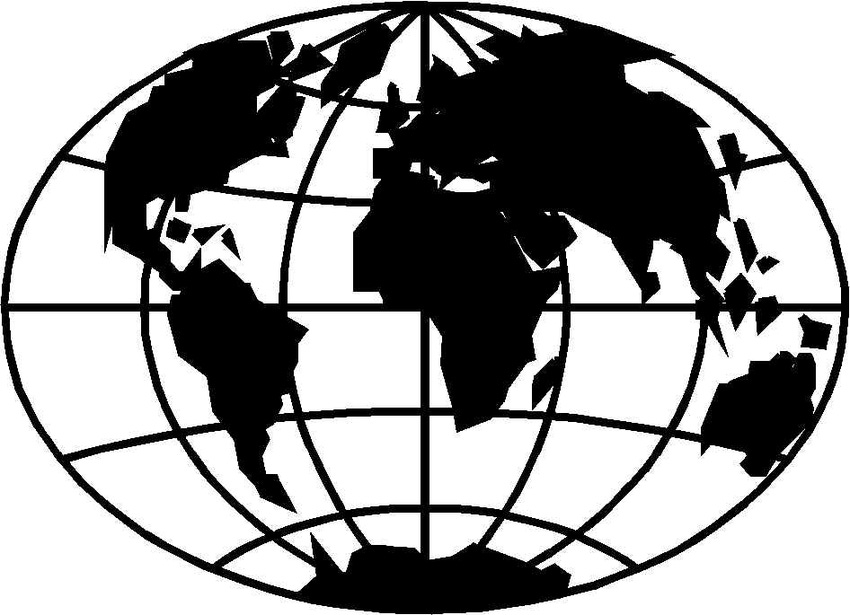The State of Technology Changes in Latin America
As the world moves increasingly toward the third platform, the term no longer serves as a buzzword or is defined as the next-generation computing model. It’s here today, and has consumers all over the world not only driving the consumption of technology but demanding that it be delivered differently. In Latin America, the growth of the economy and middle class has resulted in a growth of consumer spending and a greater demand for technology services. According to IDC, IT growth in Latin America in 2015 will outpace the global average of 3.7 percent.
February 27, 2015

By Avnet Guest Blog 2
As the world moves increasingly toward the third platform, the term no longer serves as a buzzword or is defined as the next-generation computing model. It’s here today, and has consumers all over the world not only driving the consumption of technology but demanding that it be delivered differently. In Latin America, the growth of the economy and middle class has resulted in a growth of consumer spending and a greater demand for technology services. According to IDC, IT growth in Latin America in 2015 will outpace the global average of 3.7 percent.
Currently, broadband, connected devices and mobility are the biggest drivers of growth in Latin America. There is a very high population of consumers, and the quantity of devices is growing at amazing rates—in some places, more than 30 percent faster than other technologies. This is opening the sector and platform to other emerging technologies, such as the cloud, big data and analytics, converged infrastructure and the demand for more security to support them all.
Mobility
As I mentioned above, the demand for smartphones and mobility is the biggest driver of technology in Latin America. With the introduction of smartphones, such as the iPhone and Android devices, consumers are receiving coverage in the regions where traditional landlines have trouble reaching, bringing them a greater sense of security, connecting them to new retailers and social media, and keeping them connected to political change and news media outlets.
Cloud
In Latin America, cloud computing is showing incredible growth. For now, we are looking at significant growth in the personal cloud and personal technology as consumers are demanding more from their mobile services, such as streaming and storage. We are also seeing substantial growth from corporations adopting the new consumption models (IaaS, PaaS, SaaS), but smaller in relation to the personal cloud demand. Based on many restrictions (telecommunications, taxes, regulatory environment) of the Latin America environment, the hybrid data center looks like the better and primary option for the market.
Big Data
In this consumer-driven region, businesses are doing everything they can to understand their customer. The increased demand for big data and analytics is being generated primarily by the businesses within the enterprise that are using the results from analytics to pursue customers in marketing activities and understand consumer behavior. At the same time, they are looking to reduce costs in their business and understand their losses.
Converged Infrastructure
As a result of the rise in the technologies discussed earlier, the demand for the infrastructure to support them is growing significantly (and quickly). It is important to remember that the quantity of qualified resources in Latin America is scarcer than that in other regions, so the benefits of reduced complexity, energy savings and consolidated resources that stem from converging infrastructure is resulting in high consumption and is a huge driver and benefit in our region.
Security
The approach to security is changing drastically in Latin America. As the region becomes more data complex and there is a more concentrated focus on emerging technologies, consumers and customers are faced with rising security issues. It is no longer enough to make sure that all of the doors and windows are locked; there is a huge demand for managed security services to protect the entire organization and to secure it from the inside out.
All of the emerging technologies discussed here are showing incredible growth in our region, and, in all cases, growing in double digits. As the demand from the consumers in Latin America continues to surge, it is inspiring organizations to create unique business models and pressuring the status quo. It is important for channel partners to evolve their business models, make a plan and execute on that plan, in order to guide customers through this growth complexity in the region.
Here are steps partners can take to succeed in the Latin America region:
Don’t try to do more than you can in the beginning. Develop your skills and practices in one or two areas.
Understand where you need support. Identify your company gaps to lead the space in your region.
Build a practice based on these new consumption models.
Understand the areas of security, and build layers around those needs for a practice of full security.
Educate yourself on emerging technologies, and make sure you are fully prepared to educate your customers and help them navigate the complexities.
Understand that it takes time and specialized resources in order to be successful.
Engage or partner with other partners to build a complete solution.
Avnet is the most relevant solution distributor in the Latin America region with the best-in-class portfolio of solutions to lead the third platform transition, the ability to provide enablement with Avnet Academy, and the necessary group of services and system platforms to help partners operationalize and minimize the cost to move to the new consumption model.
 Sergio Farache is Senior Vice President and General Manager, Latin America and Caribbean, Avnet. Guest blogs such as this one are published monthly and are part of The VAR Guy’s annual platinum sponsorship.
Sergio Farache is Senior Vice President and General Manager, Latin America and Caribbean, Avnet. Guest blogs such as this one are published monthly and are part of The VAR Guy’s annual platinum sponsorship.
You May Also Like
